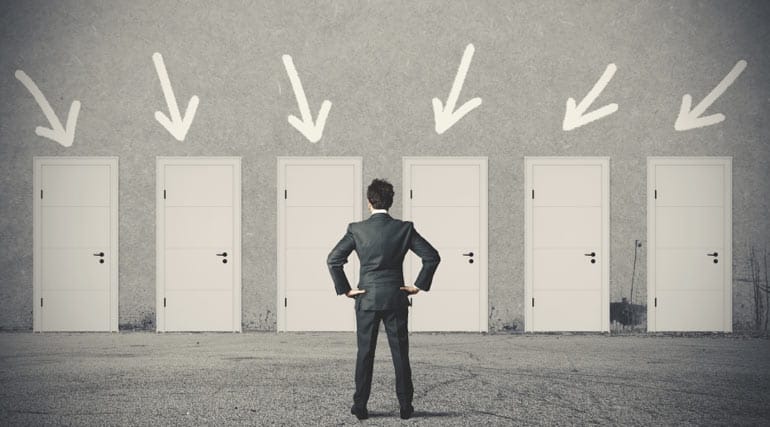How To Safely Use Cruise Control
The safety of Tesla autopilot cars is a hot debate topic, with recalls and self-driving accidents making recent headlines. On the other hand, cruise control features have been around for a long time and offer real perks. Cruise control has many benefits for drivers. With each new vehicle model released, technological advances like adaptive cruise control systems make driving on long road trips safer and less strenuous.
How Does Cruise Control Work?
Most vehicles have a conventional cruise control feature that allows the driver to set a desired speed and leave it. The system disengages from the set speed when the driver presses the brake pedal or the steering wheel’s cancel buttons. A set button allows the driver to take their foot off the gas pedal and save their energy. Cruise control increases fuel efficiency on long drives as the car maintains a constant speed. Drivers must still follow other vehicles at a safe distance and be prepared to slow down or stop as necessary.
Adaptive cruise control is an option in many new cars and SUVs. With a set cruising speed, the auto’s cameras will maintain a safe following distance from other cars and reduce or increase vehicle speed to avoid collisions. This cruise control feature has the same fuel economy as conventional versions since the accelerator pedal pressure doesn’t fluctuate.
Is Using Cruise Control Safe?
Yes, cruise control is safe, but only as much as the person using it. Regarding machinery, it is best to treat the system like it’s a novice driver requiring continual monitoring.
A driver must always be aware of the road around them. Follow these safety tips and avoid using this feature when:
- The driver is feeling fatigued and wants to relax. If there’s a concern about falling asleep at the wheel, avoid driving entirely, and don’t let the car take over.
- The driver is distracted or intoxicated.
- There are poor weather conditions. Rain and puddles can cause a car to hydroplane when on cruise control. The vehicle’s electronic monitoring system may disengage cruise control if the computer detects rapid wiper motion or a wheel leaving the road.
- Road conditions are uneven. Dirt roads, off-roading, potholes, and other street issues can cause the vehicle to lose its grip on the road. Once engaged, Antilock Brake Systems connected to cruise control can shut off the system without warning.
- Driving through the city or a heavy traffic area. Cruise control is not helpful if many traffic lights, residential areas, other cars, and construction zones require quick system disengagement to obey the speed limit.
- Attempts to use the cruise control failed. This failure is a sign of a mechanical or electrical issue. If cruise control won’t take over the first time it’s attempted, put the car in neutral and pull over.
With a safe speed, proper focus, and attention to the driving conditions, you should encounter few issues while using cruise control settings.
What if Cruise Control Fails?
What if you did everything right: You read the owner’s manual, heeded all safety tips, and were still in a collision? The vehicle is not at fault, but its manufacturing or repair may have flaws.
Handing over some control of your car’s speed to a machine doesn’t absolve you of responsibility if you get into an accident. However, experienced personal injury lawyers can help you in the aftermath of a collision if you use the cruise control feature.
Insurance companies will consider your choice to give up control of the vehicle as reckless and even “gross negligence.” Using cruise control could be seen as not adhering to the standard of care needed for others on the road. If a malfunctioning cruise control system is to blame for your collision, this can reduce your liability.
A Car Accident Lawyer Can Help
After a crash, hiring an experienced car accident attorney is in your best interest. They can explore the vehicle history to see if the model of the car had cruise control issues or if a mechanic did not properly repair the system. Using this evidence and expert witness testimony, they can prove you are not at fault for this rare incident.
A Mova Law Group – Personal Injury Attorneys attorney will take your product liability case on a contingency fee basis. We will immediately advise you of your legal options in a free consultation and help you recover damages.
An accident while using cruise control shouldn’t damage your good driving record. You should not have to pay when you are at the mercy of an automobile.
https://www.movalegal.com/contact-us/


 Picking the right auto accident insurance policy plan.[/caption]
Picking the right auto accident insurance policy plan.[/caption]